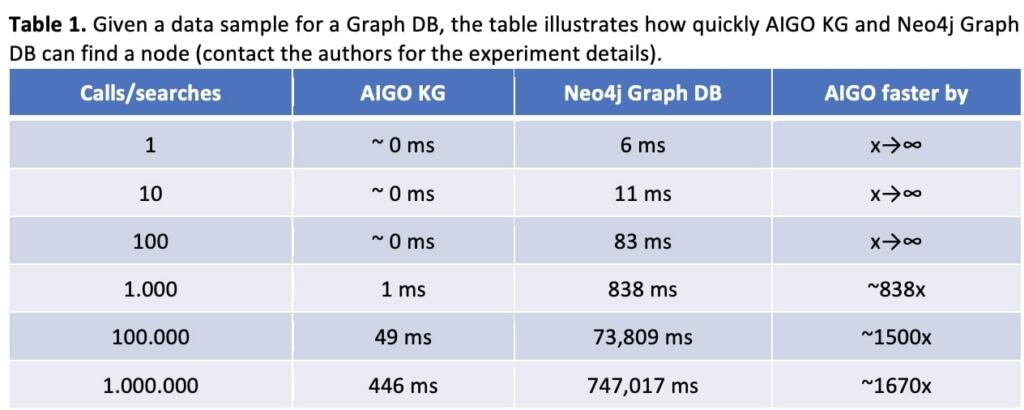Here is an example of a better system for talking with humans and having a real memory. They are showing used in text chat mode but adding a voice system is just a matter of system cost.
NOTE: I have seen the AIGO hyperfast language parsing and hyperfast knowledge graph in action in DEBUG mode. It is actually breaking down sentences completely and merging new knowledge facts into a knowledge graph. It can scale to millions of facts.A million real world common sense facts, a million facts about an industry or subject and then a million facts about you and interact in sub-second responses. It learns and remembers you.
Aigo is a real company that has been improving its AI for 20 years. The system works and has several commercial customers paying millions each year. The company would be doing even better with better strategy, marketing and business development. There technology is top notch and works.
The marketing and video demonstrations are inferior for what the system can and is doing. A smaller scale test they performed was to feed in 419 natural language sentences, the system understood and placed the facts into a knowledge graph along with other basic common sense world knowledge. the system was then interrogated with over 700 questions and it was 89% correct vs 35% for Claude 2 and 1% for GPT-4.
The ‘Aigo’ project has over the past 20 years produced number of improving versions and sold commercial versions for millions of dollars per yaer in revenue.
It uses hyperfast knowledge graphs and best in breed, hyperfast language parsing.
Benchmarks (conducted at the end of August 2023) tests the ability to learn novel facts and answer questions about them. AIGO was compared to Chat GPT-4 (8.000 tokens context window) and with Claude 2 (100.000 tokens context length). The AIGO system was pretrained with only a rudimentary real-world ontology of a few thousand general concepts such as person, animal, red, and small.
Chat GPT-4 and Claude 2 were used in their standard form and not constrained in any way.
The test fed 419 natural language statements to each of the three systems. These were simple facts, some of which related to each other (e.g., Tina wants a dog and a cat. Actually, Tina only wants a cat). Finally, asked 737 questions and scored the answers. We evaluated the responses base on a reasonable human standard. If the response pertains to the topic, answers correctly based on the correct source of information, and is grammatically sound, we consider the answer correct.
The AIGO system scored 88.89%
Claude 2 only managed 35.33
Chat GPT-4 was unable to perform the test. It scored less than 1%.
Aigo’s human-like cognition allows it to:
Remember what was said and utilize this in future conversations
Understand context and complex sentences
Use Reasoning to disambiguate and answer questions
Learn new facts and skills interactively, in real time
Have ongoing, meaningful conversations
Hyper-personalize experiences based on user’s history, preferences and goals
Two relevant whitepapers:
Why We Don’t Have AGI Yet
Concepts is All You Need: A More Direct Path to AGI







Presenting a Dynamic Knowledge Graph Helps People to Explore Complex Topics
There are other companies working to fuse large language models and knowledge graphs.

Brian Wang is a Futurist Thought Leader and a popular Science blogger with 1 million readers per month. His blog Nextbigfuture.com is ranked #1 Science News Blog. It covers many disruptive technology and trends including Space, Robotics, Artificial Intelligence, Medicine, Anti-aging Biotechnology, and Nanotechnology.
Known for identifying cutting edge technologies, he is currently a Co-Founder of a startup and fundraiser for high potential early-stage companies. He is the Head of Research for Allocations for deep technology investments and an Angel Investor at Space Angels.
A frequent speaker at corporations, he has been a TEDx speaker, a Singularity University speaker and guest at numerous interviews for radio and podcasts. He is open to public speaking and advising engagements.


I doubt this approach can scale well as LLM. “Predict next word” might be inferior to “knowledge graph” just because it requires far more resources. A monkey live much better than a human being in jungle but it cannot build civilizations.
I understand your critique about AIGO having mediocre marketing. In the first video, the user spends an inordinate amount of time juggling her meager bank accounts when a simple banking app could probably do it faster and with less need to use her own memory for what she’s asked it to do. By the end of all those instructions I wondered why she wanted to to do all those account transfers instead of worrying about how she was going to increase her savings account beyond $5,000. If this is how young people operate these days, it’s no wonder they’re worse off financially.
Thanks for the Past, Present and Future of AI chart. It’s good to know my little 1984 Atari 3D array AI program was at the peak of the first wave of AI in the rule-based era: https://forums.atariage.com/topic/348138-ai-superlearner-for-atari-800-1450xld/
I always liked the AIGO approach. I believe it gives more control over the training set an a much more predictable outcome. The numbers in this article are impressive. Let’s hope it moves forward.